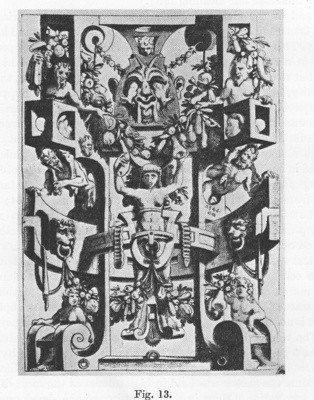Ernst Gombrich @100
Cornelis Bos, Female herm (1546). Engraving, 243 x 179. Rijksmuseum, Amsterdam.
I first stumbled upon Ernst Gombrich via the enigmatic Ian McCormick who mentioned Norm and Form, volume one in Studies in the Art of the Renaissance in the bibliography of his excellent site[1] on the visual grotesque. By the way, if anyone has the lowdown on Ian McCormick, please let me know, he is one of the internet’s little mysteries.
But first some background info on Gombrich:
Sir Ernst Hans Josef Gombrich, OM, CBE (30 March 1909 – 3 November 2001) was an Austrian-born art historian, who spent most of his working life in the United Kingdom. Gombrich was close to a number of Austrian émigrés who fled to the West prior to the Anschluss, among them Karl Popper (to whom he was especially close) and Friedrich Hayek. He is best-known for his books Studies in the Art of the Renaissance, A Little History of the World, The Story of Art and Art and Illusion, which ushered in reader-response criticism in visual culture theory.
Back to the grotesque.
Gombrich collaborated with Ernst Kris (the art historian/ psychoanalyst who brought the grimacing sculptures[2] of Franz Xaver Messerschmidt) on a history of caricature. The Principles of Caricature was the fruit of this collaboration and it was first published in the British Journal of Medical Psychology in 1938, reprinted in full here[3]. The piece was later reprinted in Kris’s Psychoanalytic Explorations in Art (1952).

